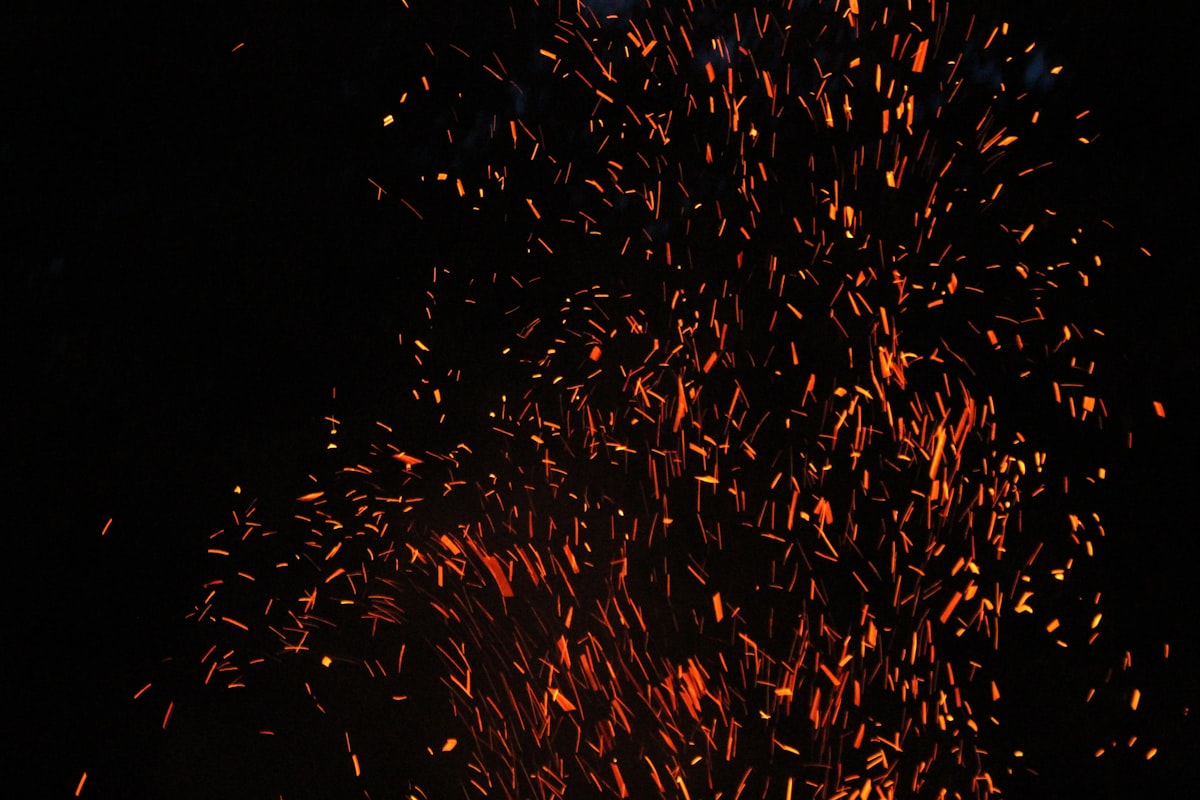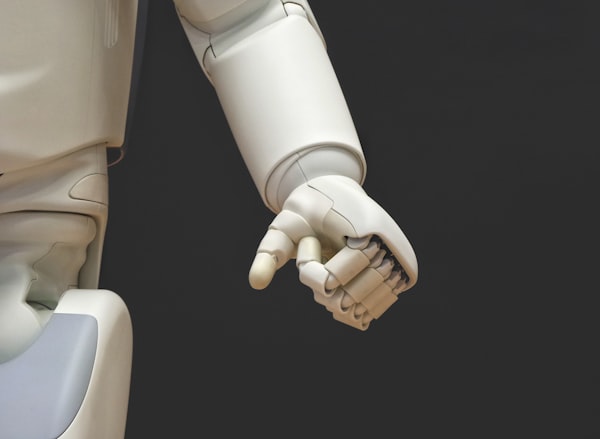A Spark and a Virus

2020 has been widely and unofficially considered as the worst year in many decades. If you are reading this, you have internet and of course you know what happens around the world at your finger tips.
For me there are 2 major events that standout among all the other chaos that happened on the planet in 2020. Forest fires and a pandemic.
As the ball dropped in the New York times square, people in Australia encountered one of the worst forest fires they have seen in their history. What appeared as a contained wild fire quickly spiraled out of control and engulfed countless acres of land and any animal in it's path. While humans had the opportunity to be informed and evacuated to safer place, these innocent animals that weren't aware of fiery death had no chance to survive. Almost a billion animals were dead.
A billion. I'm not sure how many animals roamed on the planet when the asteroid hit the Yucatán peninsula and wiped our reptile ancestors from the face of the earth, a billion is out of my imagination. When will we ever recover from this biggest wild life disaster? May be another hundred years or more? Will we ever see the flora and fauna recover in our life time? Maybe not.
A forest fire that killed almost a billion animals in Australia may still not sound important to other countries. The businesses were running as usual, the international trade was as usual, and conflicts of land and resources were as usual. Because, humans were not in danger from those fires as much as those innocent animals were. Until another spark ignited an invisible fire that engulfed the entire world and brought it to it's knees. A virus.
I think of the spread of an infectious disease as spread of a forest fire. Whether the igniting spark is a natural phenomenon or intentional, the behavior and consequences are strikingly similar in both cases. The fire spreads as long as it has fuel nearby, such as dry grass and wind. An airborne virus spreads through air among people.
To contain fire, we create perimeter around the zone to stop it from all directions. To stop a virus, we distance ourselves from others who may have the virus.
With strong winds taking the side of the wild fire, the ambers can travel miles in air and ignite another area. With global transportation in place, a virus can start an outbreak anywhere in the world taking free ride with the passengers.
Wild fires are not rare and does not only happen in one country. California has it's own share of experiences dealing with wild fires almost every year. We already have modern technologies and tools to reduce loss of life and contain the flames. And so do we have the technologies and practices to reduce loss of life in a pandemic. But, we are still failing to control it.
It is probably the innate behavior of human being to sense danger only when they can see it with their own eyes. A flame can be seen, but a virus sneaks right underneath their noses, literally. And we humans do not sense the danger unless it cripples us. When we do not see the danger, we let our guard down and let the virus takeover us.
Sometimes the only way to stop a wild fire is to let it burn completely.



